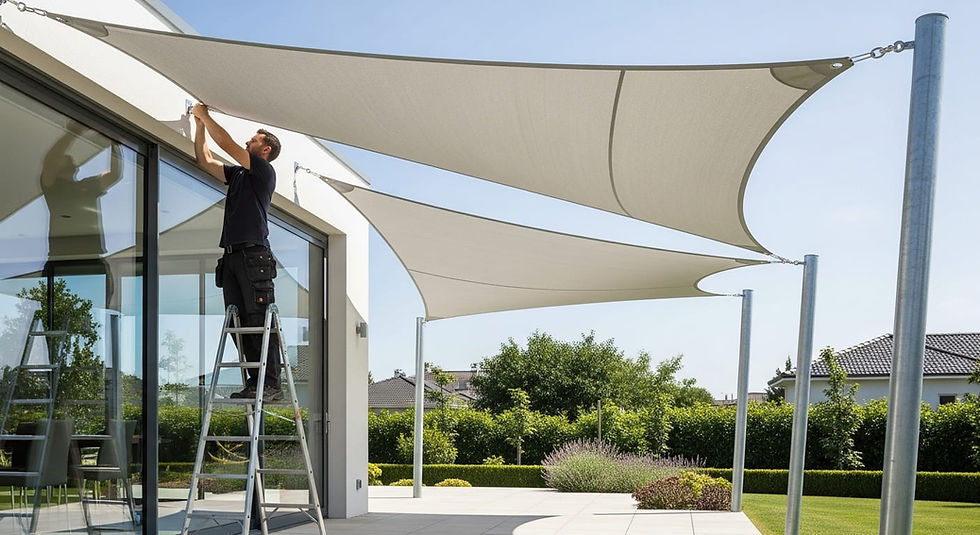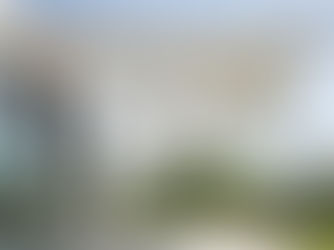What Exactly Are Commercial Dry Powder Coating and Its Benefits?
- ameliya lanne
- Sep 22, 2021
- 3 min read
The traditional and the more authentic approach for coating and making sure that metal surfaces are more durable to moisture and rusting is the use of paint. But painting has its disadvantages too. Usually, surfaces are coated with a liquid mixture so that it sticks and binds well with the surface. Powder usually dusts off if not glued properly. This method of dry coating requires special technique that allows powder coat to bind with the surface.
In this article, we are going to mention to you one of the more industrially developed processes and that is the use of commercial powder coating technique.
Commercial Powder Coatings the Idea Behind the Process
The powder coating process is used in the metal fabrication industry on various industrial equipment and has a dry coating on top of the metal surface. The powder coat is applied using an electrostatic process and is then heated such that the coat would stick to the outer surface of the metal. Employing the commercial powder coating process can greatly improve the functionality and the properties for use in various industrial purposes along with a finer and smoother and shinier look to the metal objects and equipment.
The Benefits
The added benefit of using this technique is that the same process can be employed on surfaces apart from metal to such as using it on concrete, steel, and even plastic surfaces.
The highly durable qualities make it highly weather-resistant and can be used even in higher corrosive conditions.
The other costs are reduced such as the labour hiring cost, the disposal costs and the cost of investment.
The Drawbacks
The approach is highly cost-beneficial for the metal fabricating companies.
These are difficult to remove the colour or change it.
It is a hazardous process and can cause breathing problems to the workers around. A proper safety gear is needed while doing the coating job.
What Are the Two Different Processes of Commercial Powder Coating?
Two processes are involved in the commercial powder coating technique. Let’s find out in detail…
Thermoplastics Technique
The thermoplastic way of powder coating is a way of providing a coat, but this coat is removable too. The mixture is made in such a way that on high heating the bonds would break and the powder would melt to its liquid form.
This means that this process of metal fabrication is reversible and you can remove the coating if not required. The thermoplastic coating is thicker as well and highly durable too apart from use for heating purposes.
They are applied to various substances such as metal pieces, auto parts, and even refrigerators.
Thermosetting Technique
The thermosetting commercial powder coating technique on the other hand is a non-reversible process. This is a mixture that does not allow the coating to melt even in high temperatures. This means that this technique can easily be used on metal equipment where high heating is employed.
But as the process is not reversible it is almost impossible to let go of this coating when not required anymore. The easiest method used is to burn this coating at a very high temperature to get rid of the layer.
What Is the Coating Made From?
So far, we have got useful information on commercial powder coating, but we do not yet know about what the coating is made from. Don’t worry below are a few points stating the mixture ingredients below:
The powder coating has various ingredients in it such as pigments, curative, flow modifiers, levelling agents, polymer resin, and several other additives.
During the preheating process, this coating will be set on top of the metal or any other surface providing a much more durable and shiny finish.
Just How Durable Is the Commercial Coating?
Hands down it has to be said that the commercial powder coating is one of the more durable coatings that allow a shinier and smooth finish as well. It provides a surface that is highly resistant to corrosion. The technique is a new process that is employed widely within the metal fabricating industry. This process allows for more durability, a high-quality smooth finish, and less environmental impact. Generally, scratches, abrasions, and chip effects are also not effective on the surface.



















Comments